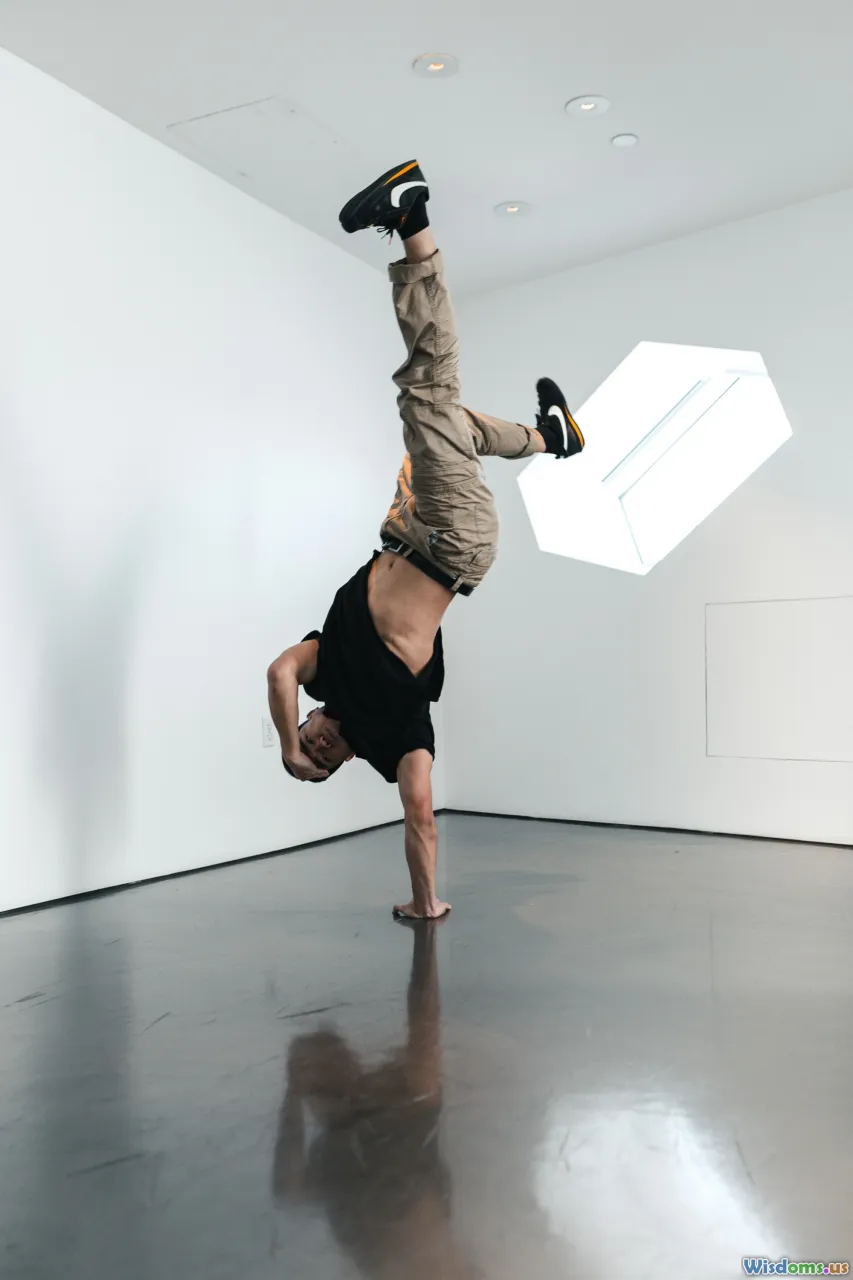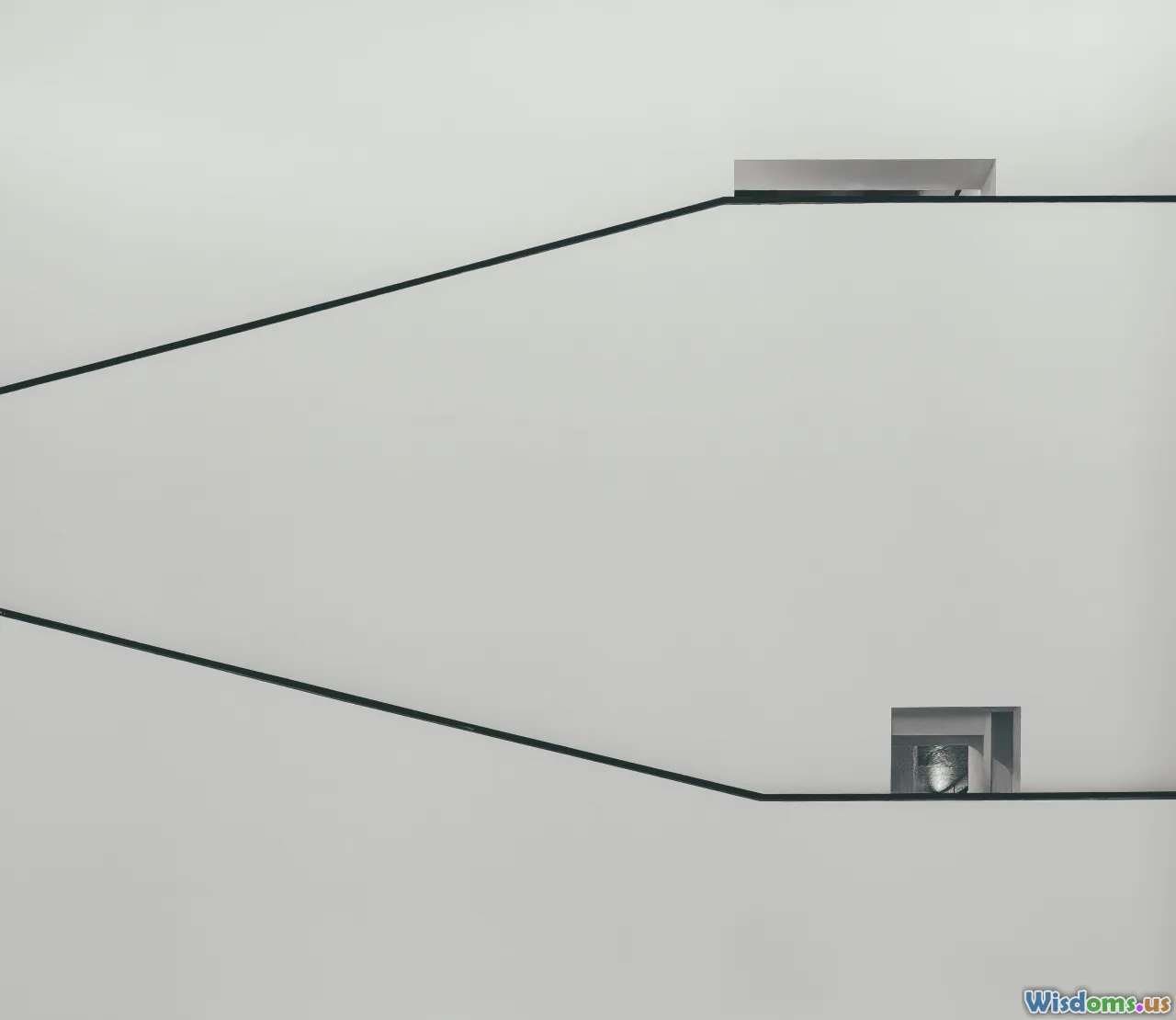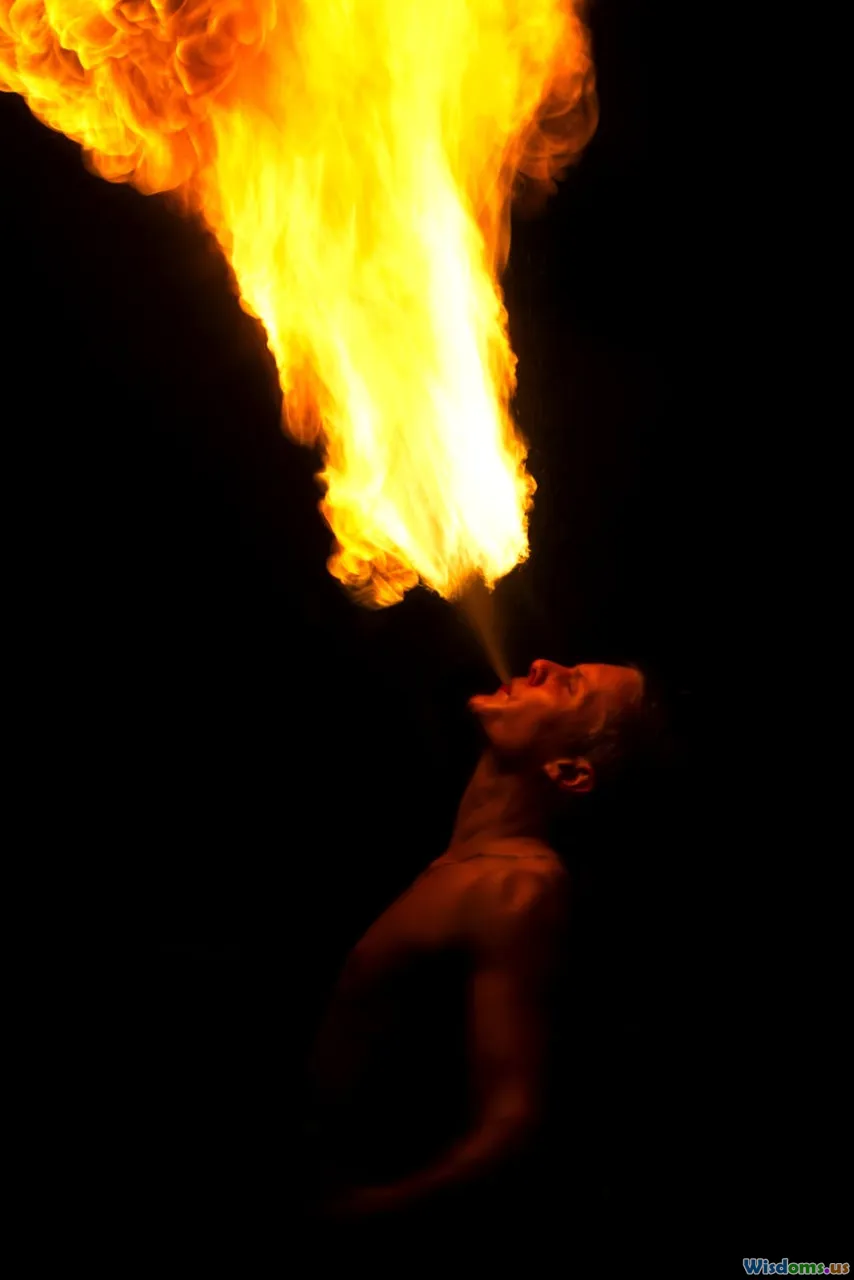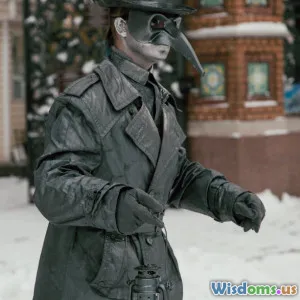
What Makes the Straitjacket Escape So Challenging
14 min read Discover the physical, psychological, and technical challenges behind the art of the straitjacket escape. (0 Reviews)
The Secrets of the Straitjacket Escape: What Makes It So Challenging
Few acts in the world of entertainment are as enduring and electrifying as the classic straitjacket escape. Patrons first gasped at Harry Houdini’s legendary feats more than a century ago, but the art remains as confounding as ever. On the surface, it might seem like a simple test of dexterity. In reality, mastering the straitjacket escape demands an intricate balance of physical strength, flexibility, mental resilience, and an intimate knowledge of mechanics and misdirection. So, what exactly makes escaping a straitjacket one of the most challenging stunts in escapology? Let’s pull back the canvas and explore.
The Specialized Construction of the Straitjacket

Not all straitjackets are created equal, but even the most basic models are expertly designed to be extremely restrictive. Genuine straitjackets, historically employed for psychiatric purposes, are crafted from ultra-tough canvas, duck cloth, or leather. The main body wraps tightly around the torso, while extra-long sleeves are designed to cross and fasten behind the back or the front, limiting both gross and fine motor movement.
Locking Mechanisms and Multiple Layers
A straitjacket doesn’t rely on a single restraint. Heavy-duty buckles, belly straps, arm loops, and even crotch straps secure the jacket so that the wearer cannot wriggle out even by force. Many models incorporate several tight straps fastened behind the wearer's body—well beyond self-reach. Houdini’s jacket, reputedly made of heavy canvas and adjustable straps, allowed for virtually no slack when properly fitted.
Fact: Escapologist Bob Houdin’s Custom Challenge
Certain modern escape artists, like David Blaine, have celebrities or audience members tightly fasten every single buckle on stage to avoid allegations of trickery. Escapists have to adapt to these live validations, which often make the challenge even harder.
Physical Restraints: More Than Meets the Eye

Contrary to what you might expect, brute strength alone doesn’t win the day. Instead, a successful escape demands an almost athletic mastery of body and breath.
The Importance of Flexibility
Shoulders must rotate at extreme angles during the escape, and escape artists regularly pursue flexibility training reminiscent of dancers or gymnasts. Moving arms across the back, squirming the shoulders in a dislocation-like manner, and tucking limbs for leverage—none of these come easily without years of conditioning. Houdini, known for his rigorous physical regimen, was said to practice hours each day strengthening joints and tendons, developing both flexibility and pain tolerance.
Example: The Shoulder Dislocator Trick
Some escapologists reportedly acquire a deliberate, safe ability to partially slip or "sublux" their shoulder joints. This shouldn’t be confused with a dangerous dislocation; rather, with proper arsenal development and muscle training, a professional can momentarily grant hinges more range of motion when absolutely necessary.
Endurance and Breath Control
A straitjacket escape is a full-body workout against high resistance. As each minute ticks by, fatigue sets in. Escapists risk panic, especially under public scrutiny. Strong core muscles, cardiovascular conditioning, and the capacity to regulate breathing under stressful conditions prove critical. The buildup of lactic acid in strained muscles can cloud judgment and slow reaction time.
Psychological and Mental Challenges

Undertaking a straitjacket escape is as much an ordeal for the mind as the body. Many underestimate the psychological weight of performing under intense pressure.
Performing Under the Spotlight
Public escapes punctuate magic shows, stunts, and even televised events. Aside from executing the escape, artists must manage crowd expectations, skeptical viewers, sometimes hecklers, and the anxiety of failure. The time it takes to escape—from tens of seconds for the world’s masters to many nerve-wracking minutes for others—is still long enough to let stress scrape at one’s nerves.
Story: Dorothy Dietrich's Highwire Challenge
In 1980, escapologist Dorothy Dietrich upped the ante by wriggling free from a straitjacket while suspended upside down from a burning rope. Not only did she endure physical pain, but she maintained her composure before thousands—an immense psychological feat amplified by risk.
The Panic Factor and Mental Training
Claustrophobia, panic attacks, or even simple nerves can spell disaster. Before public performances, escape artists spend years building mental resilience. Modern psychotherapies, meditation, or simple repetition underpin this backbone of steel. A slip in focus can make self-control impossible, leaving an escapist genuinely trapped.
Mastering the Mechanics of Escape

No two escapes look exactly alike. Understanding the real methods behind the challenge reveals additional layers of complexity; the escape is part physics, part bodily intuition, and part sleight of hand.
Exploiting Tiny Imperfections
Every jacket is made by hand, and even mass-produced models include minuscule irregularities. Expert escapists learn to sense and exploit slack left by the buckler, looseness in the armpits, or the exact friction of cinched straps. Successful escape is often about timing one’s moves to leverage even the tiniest shift, an imperceptible movement between the sleeve and the torso, which can create freedom over time.
Magic or Method?
Modern magicians sometimes employ specially designed, gimmicked jackets during theatrical performances; however, most record-setting escapes use regulation, inspected equipment. Some perform live, unscripted escapes inside transparent boxes to prove the absence of trickery. This strengthens the magical mystique even while highlighting the purely mechanical and physical mastery required.
The Step-by-Step: How the Pros Do It
While closely-guarded secrets abound, the generally accepted step framework is as follows:
- Create Room on Entry: Escape artists subtly breathe in, flex, or position arms prior to being strapped. This can create precious centimeters of slack.
- Maneuvering Arms Overhead: The arms are twisted or brought over the head; this move alone is far beyond natural joint action for most individuals.
- Reverse Arm Position: Once the arm strap slackens, the artist can pull one arm over and behind the head, then over the front.
- Undoing or Hungering for the Buckle: Advanced escapes may involve unbuckling a strap held with teeth, bracing with knees, or friction techniques to loosen straps during physical motion.
Success hinges on a blend of planning, improvisation, and a deep trust in one’s physical and mechanical prowess.
The Role of Risk: Genuine Danger in Every Performance

However practiced an escape routine, inherent risk breeds tension and spectacle. The very history of the straitjacket escape is littered with near-misses—and, shockingly, even professional mishaps.
Accidents and Malfunctions
A misapplied strap, a faulty buckle, or a moment of panic can render escape impossible. In some cases, artists have suffered shoulder damages, pulled muscles, or worse. Houdini himself suffered bruised and dislocated shoulders more than once in his career and wore the scars with pride.
Fact: Harry Houdini vs. the Psych Ward Orderlies
To dispel claims of accomplice aid, Houdini would have trained hospital staff—not stooges—strap him in their actual institutional jackets, upping both danger and credibility. Rumors say that occasionally the staff’s overzealousness nearly led to disaster.
When Height—and Time—Are Against You
High-profile stunts feature added risks. In modern shows, performers suspend themselves from cranes or ignite ropes to force escape before falling. Time pressure, exposure, and wind double the psychological and physical difficulty.
Example: Escape Gone Awry
Canadian escapologist Dean Gunnarson once nearly died during a TV broadcasted stunt due to unforeseen timing and lock mishaps. The pressure to finish not just on time—but before catastrophe—intensifies an already punishing ordeal.
Tips for Aspiring Escape Artists

While few will ever pursue straitjacket escapism professionally, those passionate about the craft need a solid foundation to even attempt it safely. Here’s what all successful performers stress:
Develop Foundational Strength First
- Emphasize core training and joint flexibility. Good baselines are yoga, Pilates, or targeted strength/flexibility regimens.
- Gentle, controlled stretching—especially shoulder rolls and chest openers—should become routine.
Learn from Professionals
- Seek out accredited magic or escapology mentors rather than online videos stitched from speculation. In-person guidance minimizes risks and ensures correct practice.
- Attend escape demonstrations and notice how professionals blend physical and psychological control.
Never Work Alone
- Always practice escapes under the supervision of a trained partner who can help in an emergency. Even Houdini relied on staff to cut him free if something went wrong during practice sessions.
Safety Before Showmanship
- Select only regulation-quality jackets. Avoid cheap knock-offs with unreliable fasteners or poorly hemmed seams.
- Work up to more extreme challenges—in height, exposure, or time limits—only after mastering ground-level escapes.
The Enduring Allure of the Straitjacket Escape

Audiences love the straitjacket for good reason: It evokes the tension between helplessness and triumph; it makes visible the invisible struggle every human faces under pressure. Each successful escape turns pain and fear into wonder—a magical act forged on discipline and precision.
The challenge comes not from illusion, but from the performer’s capacity to craft order out of absolute constraint. As Houdini once wrote, "My brain is the key that sets me free," but that key is sharpened by grit, unshakable focus, and technical mastery.
So next time you see an artist struggling against the iconic white canvas, remember: You’re witnessing a tradition where danger, discipline, and defiance meet—and where, by design, the escape should never look easy.
Rate the Post
User Reviews
Popular Posts
















